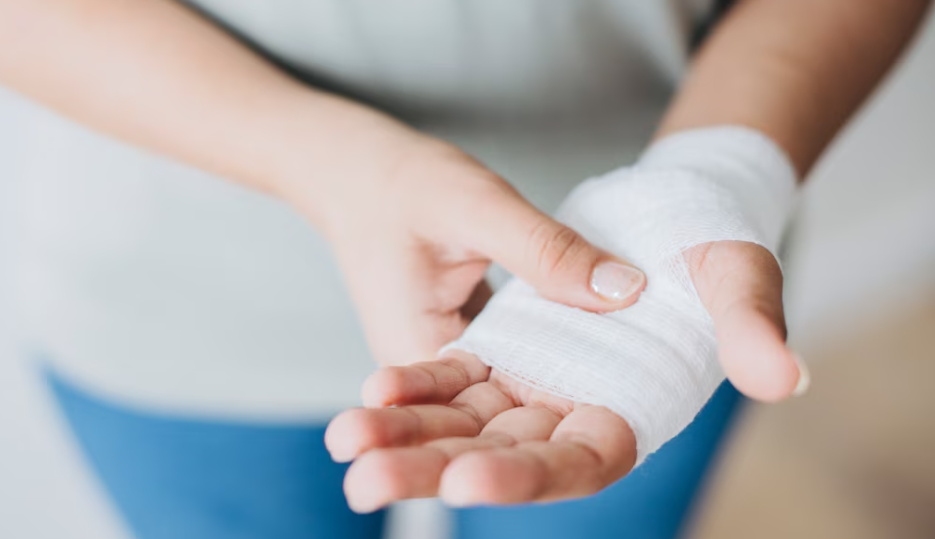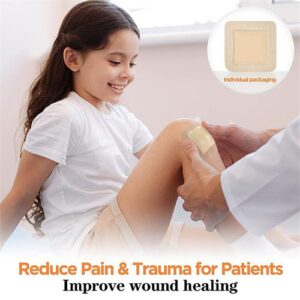Introduction
Bandages have been a staple in medicine for centuries, providing a simple yet effective way to protect and support injured body parts. From ancient Egyptians using linen bandages to modern-day athletes wrapping their ankles before a game, bandages have been used to help heal wounds, reduce inflammation, and provide support to injured areas.
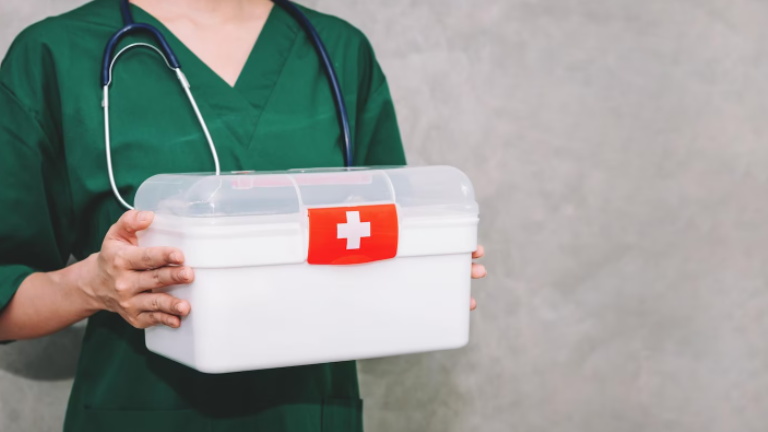
But with so many different types and shapes of bandages available, it can be overwhelming to know which one to choose for a specific injury or wound. That’s why we’ve created this comprehensive guide to bandages. In this article, we’ll cover everything you need to know about bandages, from their history to how to choose the right one for your needs.
Types of Bandages
Bandages are an essential part of wound care, and there are many different types of bandages available for various injuries and wounds. Understanding the different types of bandages and their specific uses can be helpful in providing proper care for wounds.
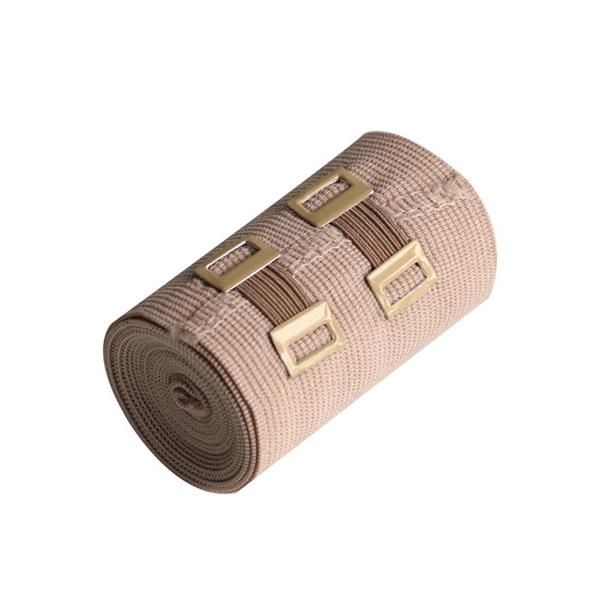
High Elastic Bandage:
Made of a stretchy material like cotton or nylon, it is used to provide compression and support to sprained or strained muscles. Its elasticity allows for comfortable movement while still providing support. However, it may become loose with prolonged use.
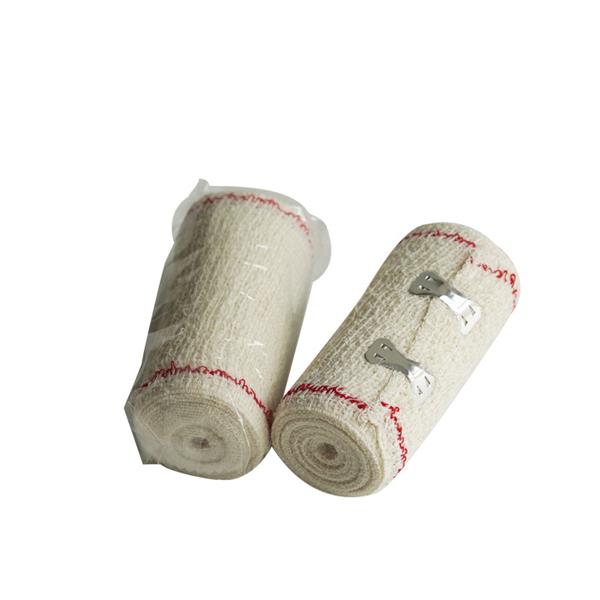
Crepe Elastic Bandage:
Similar to high elastic bandages, crepe elastic bandages are made of a crepe material that provides moderate compression and support to muscles and joints. They are often used for minor injuries or as post-surgery wrap.

POP Bandage:
Made of plaster of Paris, this bandage is used for immobilizing broken bones and allowing them to heal properly. When wet, the plaster becomes hard and forms a cast around the affected limb or area.
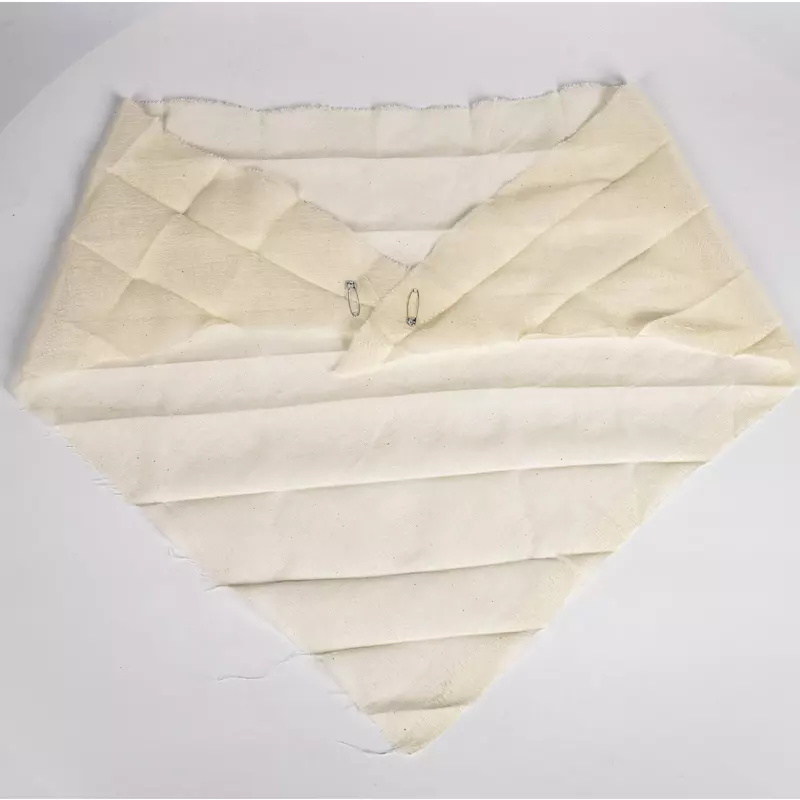
Triangular Bandage:
Made of cotton or muslin, this bandage is in the shape of a triangle and can be used in a variety of ways, such as a sling for arm or shoulder injuries or as a dressing for head wounds.
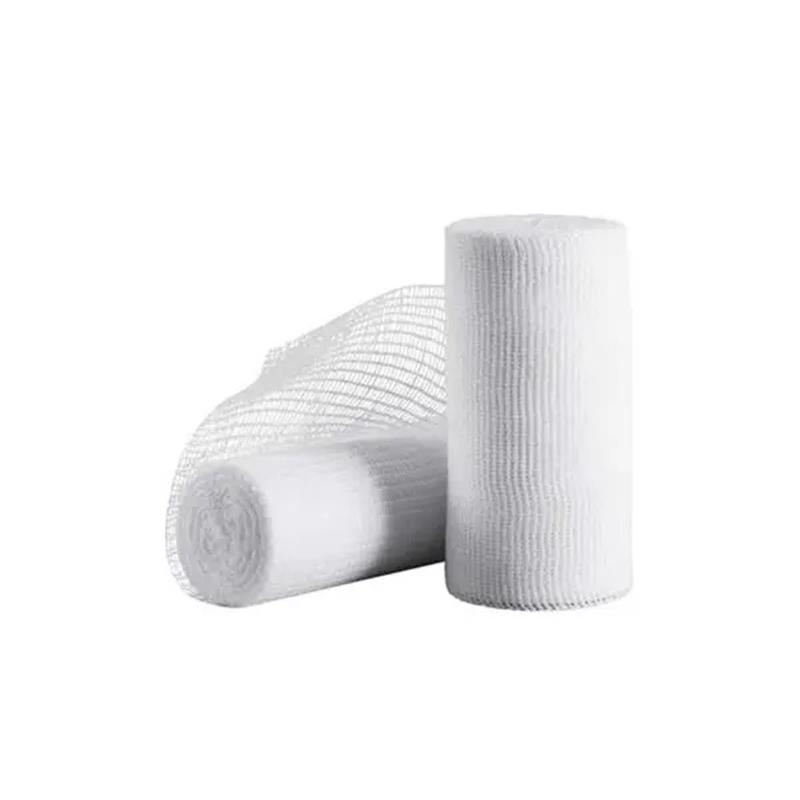
Gauze Bandage:
Made of cotton or a blend of cotton and synthetic fibers, this bandage is used to absorb fluids from wounds and to hold dressings in place. It is lightweight and breathable, but may not provide enough compression or support.
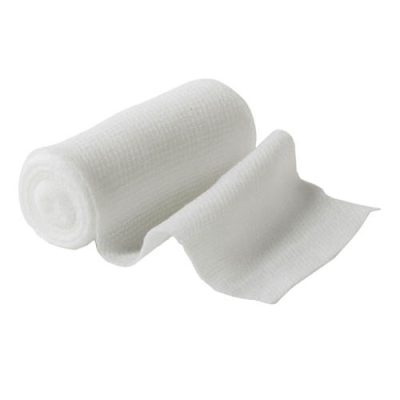
PBT Bandage:
Made of a blend of cotton and polyester, this bandage is elastic and provides compression and support to muscles and joints. It is often used in sports medicine and for post-surgical recovery.

Adhesive Bandage:
Also known as plaster or Band-Aid, this bandage has an adhesive backing that sticks directly to the skin. It is used for minor cuts and scrapes and is easy to apply and remove.

Butterfly Bandage:
Also known as a wound closure strip, this bandage is used to hold the edges of a small wound together to promote healing. It is often used for cuts and lacerations and is easy to apply.
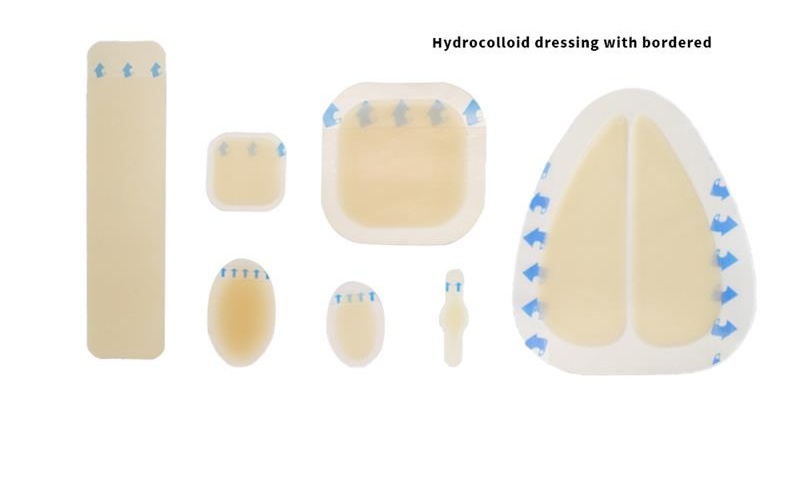
Hydrocolloid Bandages:
Made of a gel-like substance that forms a seal around the wound, this bandage is used to promote healing and prevent infection. It is often used for blisters and acne and can be left on for several days. It may not be ideal for wounds that necessitate regular dressing modifications.
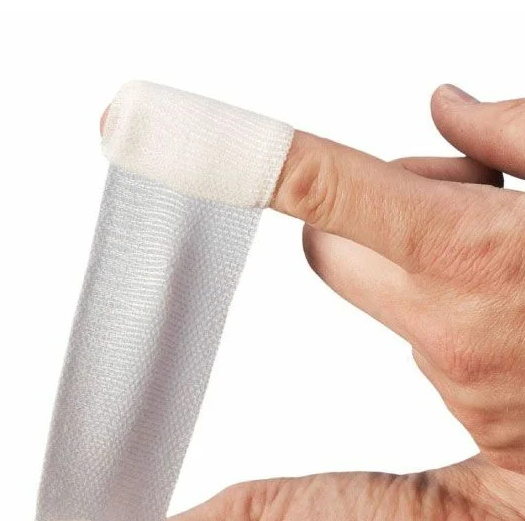
Finger Bandage:
Made specifically for the fingers, this bandage is shaped to fit the finger and is often used for cuts or burns. This type of bandage is convenient to use and can offer adequate shielding without restricting mobility. However, it may not be the best option for larger injuries or body parts that have hair growth.
Cold Sore Bandage:
These bandages are made from a hydrocolloid material that forms a gel when it comes into contact with the moisture in the skin. They are specifically designed to cover and treat cold sores on the lips or around the mouth. The bandages are easy to apply, discreet, and can help to reduce pain and irritation associated with cold sores.
Tubular Bandage:
These bandages are made from a stretchy, tube-shaped fabric that can be easily fitted over limbs or body parts. They are commonly used to hold dressings in place or to provide support for sprains and strains. They are comfortable to wear and do not require any additional fastening, but may not be suitable for wounds that require frequent dressing changes.
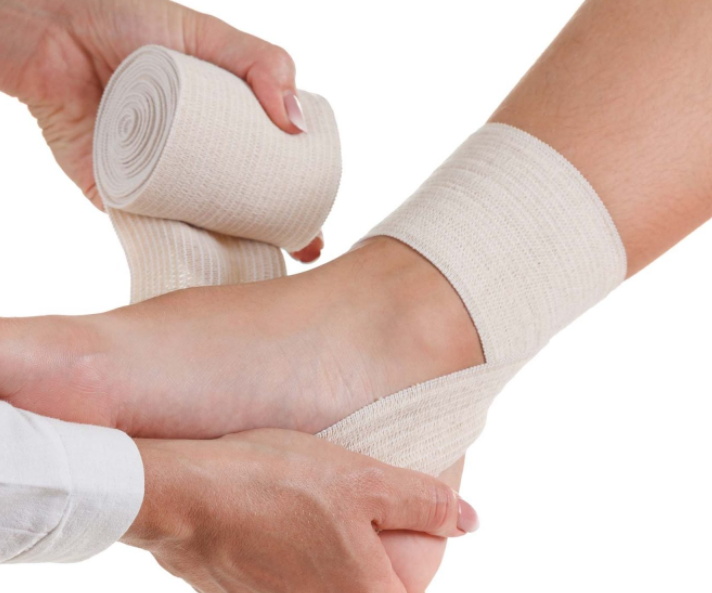
Ankle Bandage:
These bandages are made from a stretchy, woven fabric that provides compression and support to the ankle joint. They are easy to apply and can be adjusted to provide the right level of support, but may be uncomfortable to wear for long periods of time.
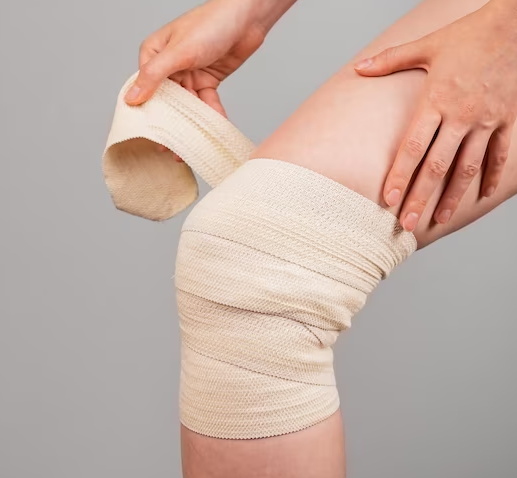
Knee Bandage:
These bandages are made from a stretchy, woven fabric that provides compression and support to the knee joint. They can be used to help reduce swelling, relieve pain, and prevent further injury. They are easy to apply and can be adjusted to provide the right level of support, but may restrict movement and cause discomfort if worn for extended periods.
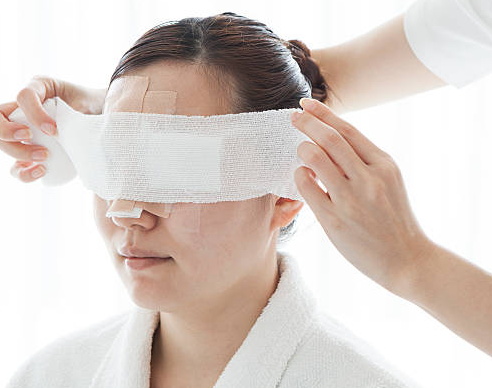
Eye Bandage:
These bandages are made from a soft, non-irritating material that is gentle on the delicate skin around the eye. They are used to cover and protect the eye after injury or surgery and can help to reduce swelling and discomfort. They are easy to apply and can be adjusted to provide a comfortable fit, but may limit vision and require regular cleaning.

Burn Bandage:
These bandages are made from a material that won’t stick to burn wounds, allowing them to be easily removed without causing further damage. They are used to protect the wound and promote healing, and can also help to reduce pain and discomfort.
Uses of Bandages
Bandages have a wide range of uses in healthcare and in first aid kits. Typically, bandages are employed to cover and safeguard cuts, scrapes, and other types of wounds. By keeping the wound clean and dry, bandages can aid in the prevention of infections and expedite healing. They are a must-have in any first aid kit, whether for household use or when adventuring outdoors.

Another important use of bandages is to provide support to the body. This is especially important for injuries and strains that require immobilization or limited movement. Bandages can be used to stabilize fractures, sprains, and other injuries, providing support and pressure to the affected area and promoting healing.
Bandages can also be used to prevent infections by covering wounds and protecting them from exposure to dirt, bacteria, and other contaminants. This is particularly important for open wounds, which are more vulnerable to infection than closed wounds.

Specific types of bandages can be used for limbs, joints, and fingers, depending on the specific injury or condition of the specific limb being treated. For example, an ankle bandage can provide compression and support to the ankle joint, while a finger bandage can help protect and immobilize an injured finger.
Bandages serve not only as wound dressings but also as an effective tool to manage lymphedema and swelling. This condition, which causes discomfort and swelling due to the accumulation of excess fluid in the tissues, can be managed with specialized bandages that are designed to promote better circulation and reduce swelling in affected areas.
Bandages are also used for securing dressings and wounds, ensuring that they stay in place and do not come loose. This is especially important for larger or more complex dressings that need to be applied and kept secure in place for an extended period of time.
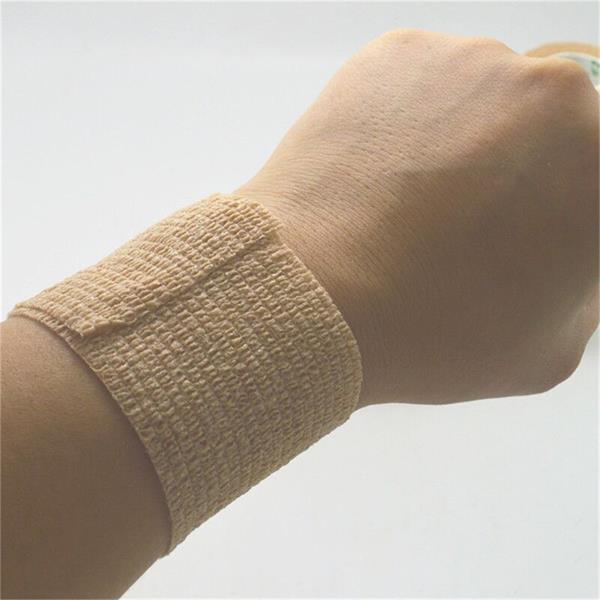
Finally, bandages have other uses beyond healthcare, such as sports and other physical activities. Athletes may use bandages to support and protect their muscles and joints during training and competition, while hikers and outdoor enthusiasts may use bandages to protect against blisters and other foot injuries.
Overall, the uses of bandages are diverse and varied, and they play an important role in both healthcare and everyday life.
How to Properly Apply a Bandage
Properly applying a bandage is essential to promote wound healing and prevent infection. Here are the basic principles of bandaging:
Preparing the wound and surrounding area
Before applying a bandage, it is important to clean the wound and the surrounding area with an antiseptic solution or sterile saline. If necessary, remove any debris or foreign objects from the wound.
Choosing the right size and shape of the bandage
Select a bandage that is the appropriate size and shape for the wound. The bandage should fully cover the wound and extend beyond it by a few centimeters.
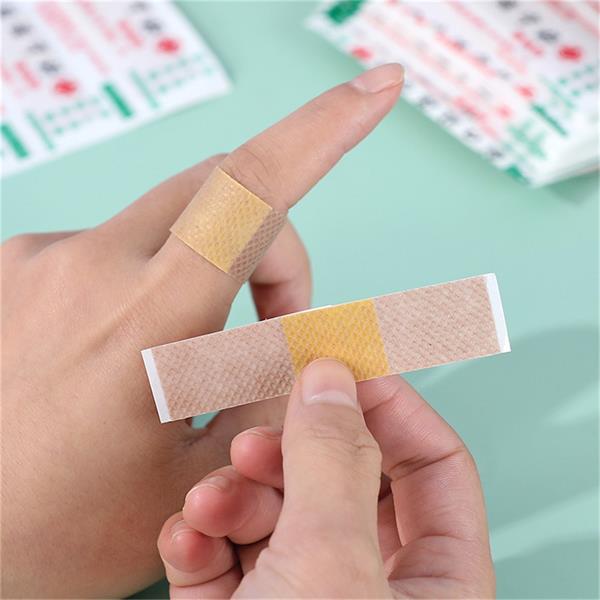
Applying the bandage
Start by securing and tying the bandage at a point furthest from the wound, wrapping it snugly but not too tightly. As you wrap the bandage around the wound, be sure to overlap each layer by around one-half to two-thirds of the bandage’s width. Keep in mind not to wrap the bandage too tightly, as this may hinder blood flow, leading to discomfort or swelling.
Checking for proper fit and comfort
The bandage should be comfortable and snug, but not too tight. Check for signs of swelling, numbness, or discoloration, which may indicate that the bandage is too tight.
When and how often to change the bandage
Change the bandage as often as necessary to keep the wound clean and dry. In general, smaller wounds may need to be changed every day or two, while larger wounds may require more frequent changes.
In summary, properly applying a bandage involves preparing the wound and surrounding area, choosing the right size and shape of the bandage, applying the bandage snugly but not too tightly, checking for proper fit and comfort, and changing the bandage as needed to keep the wound clean and dry.
Removing a Bandage
Removing a bandage can sometimes be painful, especially if the adhesive has become stuck to the skin. Here are some tips on how to remove both adhesive bandages and liquid bandages more effectively:
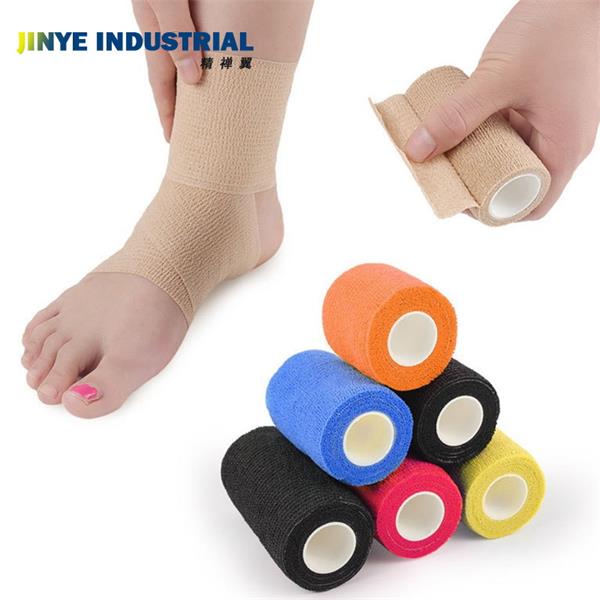
Removing Adhesive bandages
Gently pull the adhesive bandage off in the direction of hair growth.If you find that the adhesive bandage is sticking too strongly, you can try using warm water to loosen the adhesive before removing it. Alternatively, you can apply baby oil or rubbing alcohol to dissolve the adhesive. It is important to avoid pulling the bandage off too quickly, as this can cause pain and even damage to the skin.
Removing Liquid bandage
To remove the liquid bandage, submerge the affected part in warm and soapy water for a few minutes. After that, use a soft fabric or cotton ball to softly rub the area until the liquid bandage comes off. Avoid tearing or picking at the bandage to prevent discomfort and potential infection.
Tips for painless removal
To make bandage removal less painful, you can use a numbing cream or spray to numb the area before removing pressure from the bandage. Additionally, you can use a hairdryer on low heat to gently warm the adhesive and loosen it from the skin.
It’s important to note that if you experience pain, redness, or any signs of infection while removing a bandage, you should seek medical attention.
Bandage Safety
Bandages can be a helpful tool for treating wounds and injuries, but it’s important to use them safely to avoid further complications.
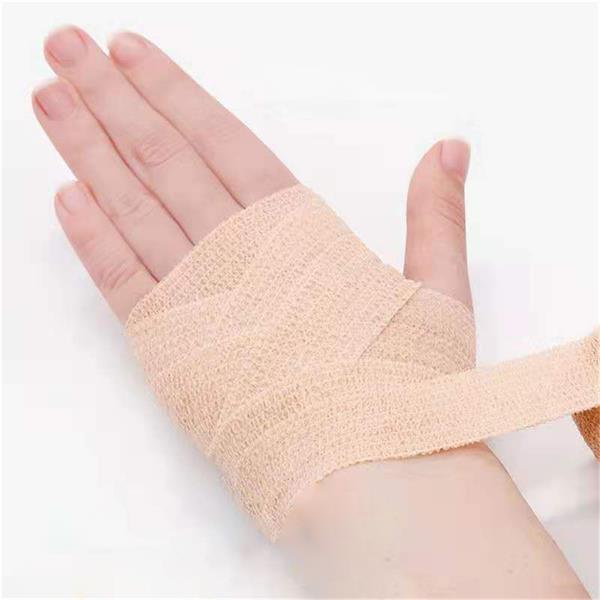
Here are some general safety tips for using bandages:
- Always wash your hands before and after handling a bandage to prevent the spread of infection.
- Make sure the wound is properly cleaned and disinfected before applying a bandage.
- Avoid wrapping the bandage too tightly, as this can restrict blood flow and cause discomfort.
- Check for any signs of allergic reactions, such as redness, itching, or swelling, before using a new type of bandage.
- Dispose of used bandages properly, according to local regulations.
- If you experience any unusual symptoms or complications after using a bandage, such as increased pain or swelling, seek medical attention.
When using adhesive bandages, be sure to follow these tips for painless removal:
- Gently pull the bandage in the direction of hair growth, rather than pulling it straight off.
- Use warm water or oil to soften the adhesive and make removal easier.
- If the bandage is particularly stubborn, you can try using a small amount of rubbing alcohol to loosen the adhesive.
When removing a liquid bandage, follow these steps:
- Use gentle soap and warm water to soften the liquid bandage.
- Gently peel off the edges of the bandage and lift it away from the skin.
- Avoid pulling the bandage too quickly or forcefully, as this can cause pain and irritation.
Additionally, if you notice any signs of infection, such as redness, swelling, or discharge, seek medical attention right away.
How to Choose the Right Bandage
When it comes to choosing the right bandage, there are several factors to consider. Firstly, the material type is an important consideration. Different materials have different properties, such as breathability, water resistance, and elasticity.
It is important to choose a bandage made from a material appropriate for the specific use case. For example, a waterproof bandage may be needed for a wound that will be exposed to water.
Another factor to consider is the size and shape of the bandage. Bandages come in a range of sizes and shapes to accommodate different wound sizes and body parts.
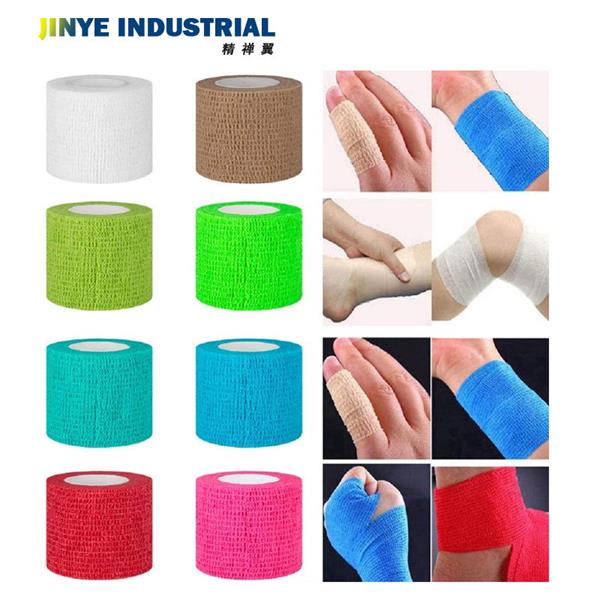
The adhesive strength of a bandage is also an important consideration. Some bandages have stronger adhesive properties than others, and this may be necessary for wounds in areas that are prone to movement or rubbing, such as the knee or elbow. On the other hand, some adhesive bandages may be designed to promote flexibility and movement, such as athletic tape.
Lastly, there are a variety of other considerations when choosing a bandage, such as the intended use, whether it needs to be sterile, and any allergies or sensitivities the patient may have.
Overall, choosing the right bandage requires careful consideration of several factors, and selecting the appropriate bandage can help promote healing and prevent further injury.
FAQs about Bandages
When were bandages invented?
Bandages have been used for thousands of years, with evidence of their use dating back to ancient Egypt and Greece.
What are bandages made of?
Bandages can be made from a variety of materials, including cotton, gauze, and elastic. Some bandages also have an adhesive backing to help them stick to the skin.
What are bandages used for?
Bandages are primarily used for wound care and dressing, providing support to the body, and preventing infections. They can also be used for specific purposes such as securing dressings, managing to swell, and promoting healing.
What is the difference between a bandage and a Band-Aid?
A Band-Aid is a brand of adhesive bandage that is commonly used for small cuts and scrapes. Bandages, on the other hand, can refer to a variety of materials and types of wound dressings.
What are the 5 rules of bandaging?
The 5 rules of bandaging are as follows:
- Clean the wound and surrounding area.
- Apply a sterile dressing.
- Cover the dressing with a bandage.
- Make sure the bandage is snug but not too tight.
- Check for circulation, movement, and sensation.
What is the first rule in applying a bandage?
The first rule in applying a bandage is to clean the wound and surrounding area thoroughly to prevent infection.
What should you check for when bandaging?
When bandaging, you should check for proper fit and comfort, as well as circulation, movement, and sensation in the affected area.
What bandage will not stick to a wound?
A non-adhesive dressing, or other material such as a silicone or foam dressing, will not stick to a wound and can be a good option for those with sensitive skin or wounds that are difficult to dress.
Conclusion
In conclusion, bandages are an essential tool for wound care and injury management. Understanding the different types of bandages and how to properly apply and remove them can help promote healing and prevent infections.
Safety should also be considered when using bandages, including checking for allergic reactions and proper disposal of used bandages. Finally, it is important to follow the recommended guidelines for bandaging and seek medical attention if necessary. Remember, proper wound care can help speed up the healing process and prevent complications.

JINYE’s Bandage
Introducing JINYE’s high-quality bandages, designed to provide effective wound care and support for your body. Our bandages are made from top-quality materials, ensuring durability and reliability in any situation. Whether dealing with a minor cut, a sprain, or a more serious injury, JINYE’s bandages are the perfect solution.
At JINYE, we understand the importance of proper wound care, which is why we have created a product that is easy to use and provides superior support. Our bandages are designed with the user in mind, ensuring a comfortable and proper fit. They are easy to apply, and we provide clear instructions to ensure you get the best results.
